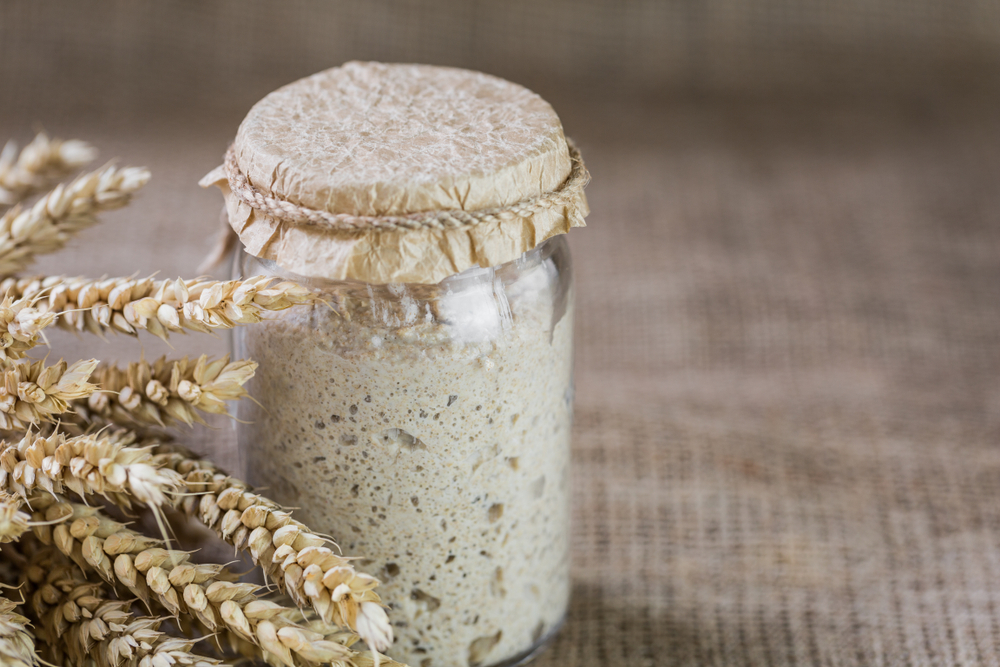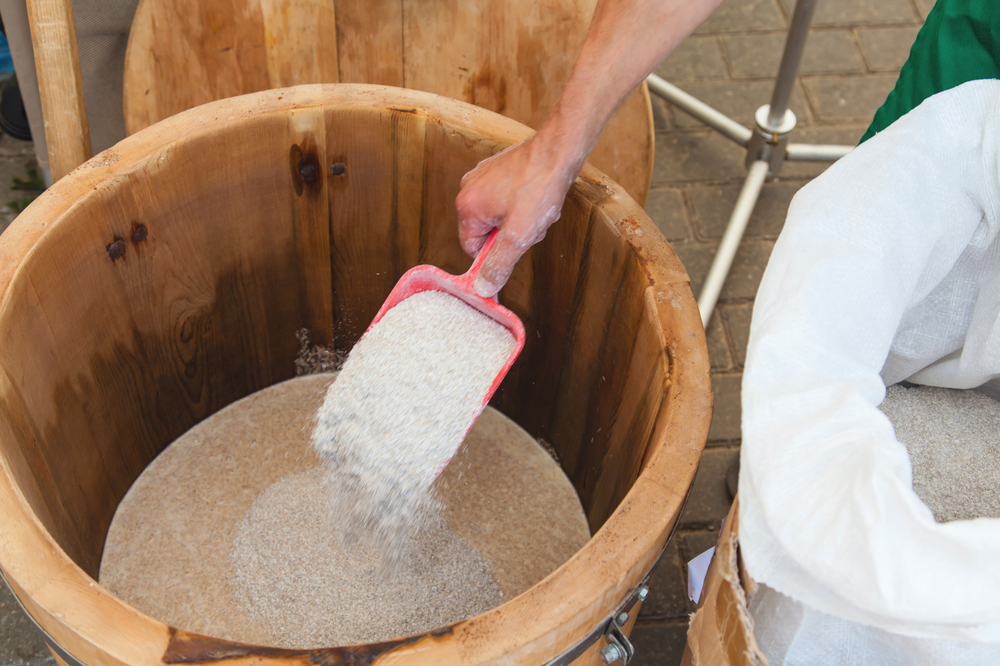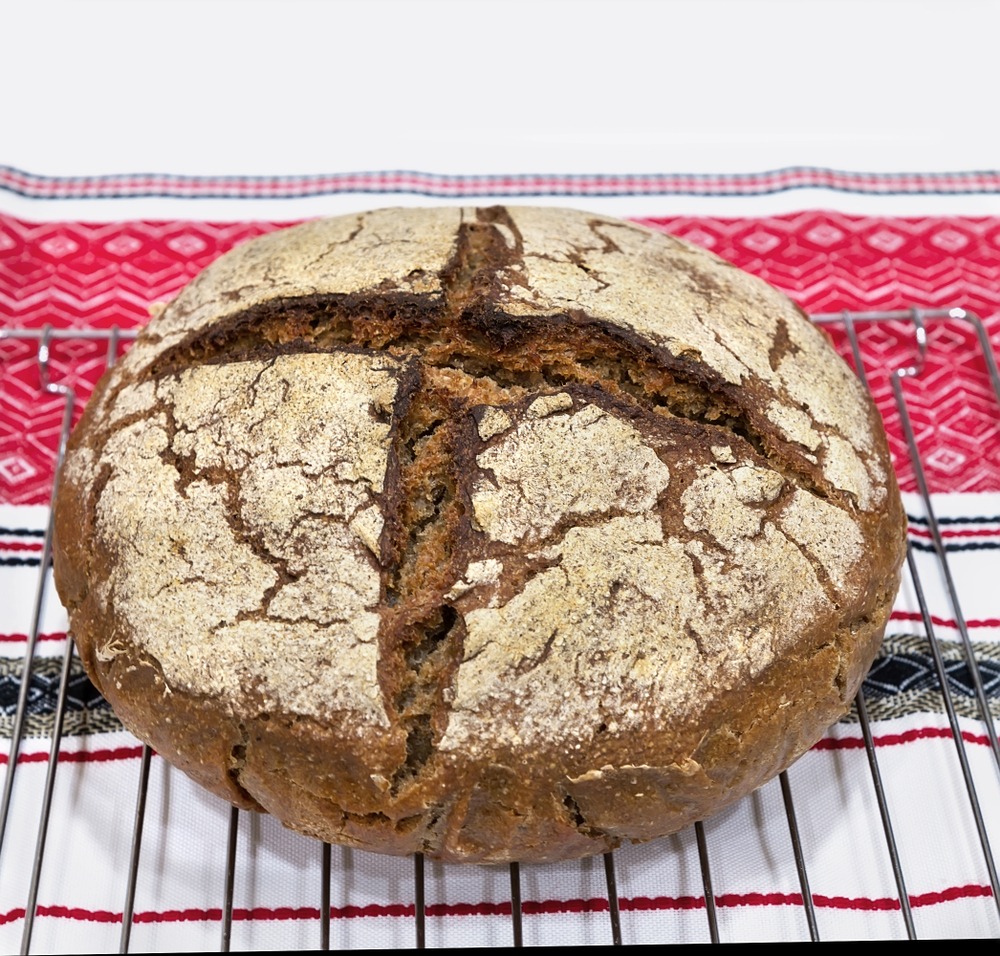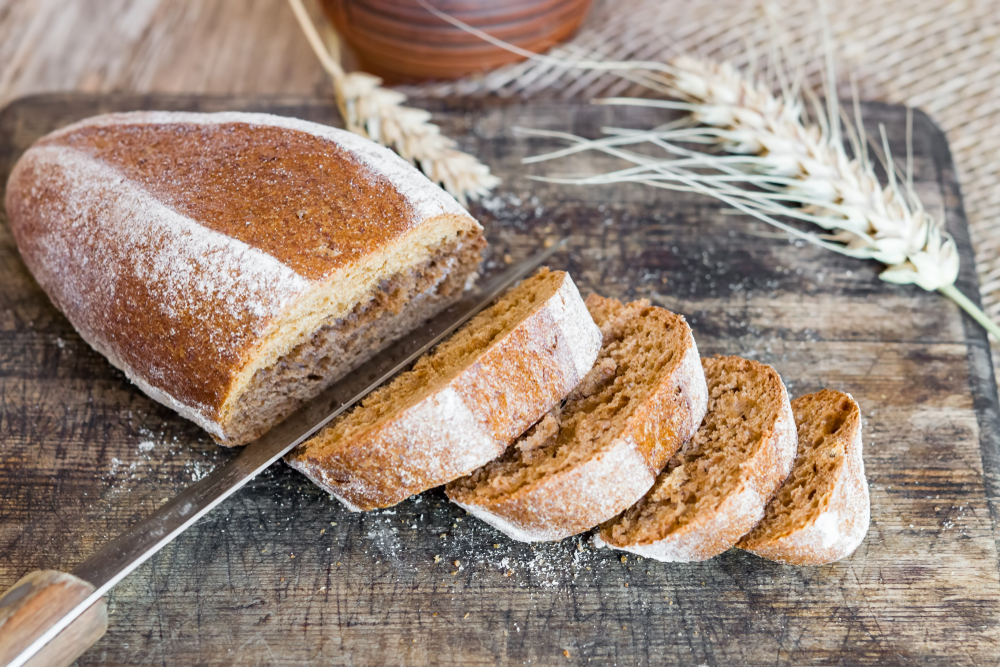
There’s an alchemy to sourdough that transcends mere baking. When the scent of rye bread caramelizing in the oven wraps around me like a wool blanket, I’m transported to my grandmother’s farmhouse, where flour-dusted counters held secrets passed through generations. That first bite of properly fermented rye—crackling crust giving way to a malty, complex crumb—isn’t just food. It’s a conversation between time, microbes, and human hands. While commercial loaves rush through production, true sourdough rye demands we slow down, listen to the dough, and rediscover bread as living art.
Why This Ancient Bread Captivates

Unlike its quick-rising cousins, sourdough rye breathes at nature’s pace. At its heart lies the starter—not a packet of commercial yeast, but a frothy ecosystem of wild microbes fed daily with flour and water. Mine’s named Ludwig (after Beethoven—it’s got rhythm). This symbiotic culture transforms simple grains through slow fermentation, creating flavors no factory yeast can replicate.
Rye flour changes the game entirely. While modern wheat strains chase gluten content, humble rye—staple of Nordic winters and Eastern European hearths—brings earthy depth. Its low gluten means denser crumbs, yes, but also a satisfying heft that pairs beautifully with sharp cheeses or smoked fish.
From Sourdough Starter to Supper: A Baker’s Ritual

- Cultivating Life : Begin by whispering life into flour. Mix equal parts rye flour and lukewarm water in a wide-mouth jar. Each day, discard half and feed it anew—this daily dance of death and rebirth strengthens microbial communities. Within days, bubbles erupt like laughter, signaling readiness. (Little secret: rye’s natural enzymes turbocharge fermentation.)
- Dough Alchemy: Combine 100g of bubbly starter with 350g rye flour, 200g water, and 10g sea salt. Some add honey or caraway, but I prefer purity—let the grain sing. The dough will cling to your fingers like overeager puppy paws; this sticky embrace is rye’s nature. Resist over-flouring.
- Fermentative Waltz : Let the dough rest covered at room temperature for 6-12 hours. Every few hours, perform stretch-and-folds—gently lifting edges to center. This builds structure without kneading. Watch the microbial ballet: dough puffing, surface webbing with delicate bubbles, aroma deepening from floury to fruity.
- Shaping Imperfection: Turn the dough onto a rice-floured surface. Unlike wheat’s elastic obedience, rye submits reluctantly. Cup your hands around it, rotating clockwise to tension the surface. No perfect boules here—embrace the rustic asymmetry. Nestle into a floured banneton seam-side up.
- Oven Transformation: Preheat Dutch oven to 250°C (480°F) for 30 minutes. Score the loaf with decisive slashes—a baker’s signature—then bake lid-on for 20 minutes. Remove lid, reduce to 220°C (425°F), and continue until the crust crackles like autumn leaves.
- The Waiting Game : Rest the loaf on a wire rack for 2+ hours. Slicing too early releases pent-up steam, leaving gummy disappointment. The anticipation? Part of the ritual.
Nutrition Meets Tradition
Beyond flavor, this bread nourishes differently:
- Gut-friendly fermentation breaks down antinutrients like phytic acid, unlocking minerals while producing beneficial acids. Many with gluten sensitivities tolerate slow-fermented rye better than quick-rise wheat.
- Low glycemic impact—rye’s complex carbs and soluble fiber prevent blood sugar spikes, sustaining energy longer than white flour counterparts.
- Nutrient density delivers B vitamins, iron, and magnesium in bioavailable forms, thanks to microbial pre-digestion.

Rye Revelations
Working with rye teaches patience. A starter forgotten in the fridge for weeks can be revived with a single feeding. Dough that seems sluggish at noon might triple by midnight. It’s a dialogue, not a monologue—the baker provides conditions, and the microbes respond in their own time. For storage, wrap cooled loaves in linen and keep them in a bread box. Refresh stale slices by spritzing water and reheating at 200°C (390°F) for 5 minutes—they’ll emerge tasting newborn.
In our age of instant gratification, crafting sourdough rye becomes radical resistance. Each loaf is a seven-day journey from starter to table, an edible testament to slowness. The crust crackles with stories—of Baltic peasants, of my grandmother’s weathered hands, of Ludwig’s microbial symphony. To bake it is to join an ancient lineage, one sticky, imperfect loaf at a time.


Leave a Reply